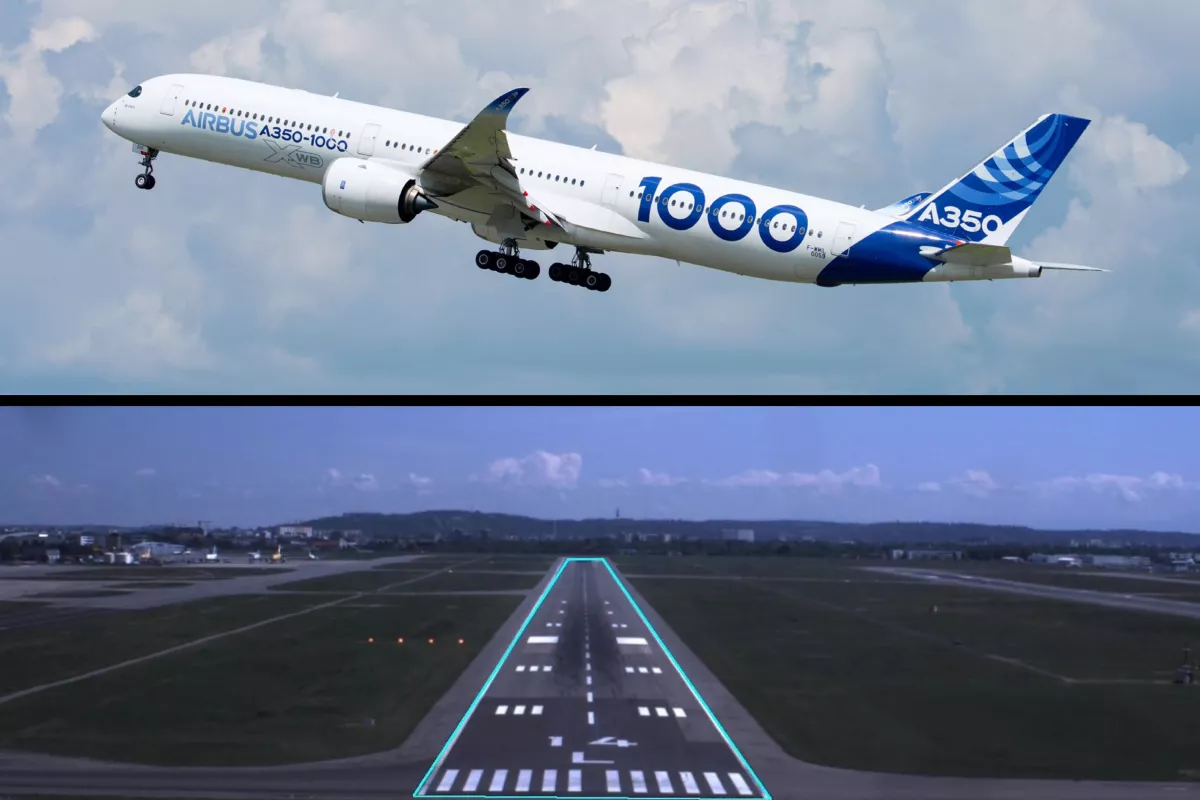Autopilot has been around longer than you think. Indeed, in 1914, just 11 years after the Wright Brothers first ushered humanity into the aviation age, a fellow named Lawrence Sperry built a gyroscopic self-stabilization system into a Curtiss C-2. It was capable, he claimed, of keeping an aircraft straight and level and pointed in a consistent direction on the compass, and he put on a spectacular public demonstration at the Seine just outside Paris to prove it.
First, he did a pass by the crowd with his hands clearly up in the air. Then, he did the same with an assistant standing on one of the wings, moving about to throw the weight balance off. Then he made a third pass where both pilot and passenger went out and stood on the wings. The crowd went bananas. Those magnificent men and their flying machines!
But Sperry was not satisfied. Through World War 1, he worked on a number of designs for a fully self-flying aircraft, including the Hewitt-Sperry Automatic Aircraft and the Curtiss-Sperry Flying Bomb, which is regarded by some as an early precursor of today's cruise missiles. These were never fully successful, and the relevant Wikipedia page makes for some entertaining reading with phrases like "When last seen, the N-9 was cruising over Bayshore Air Station at about 4,000 feet (1,200 m), heading east. It was never seen again."
Sperry invented the artificial horizon, which graces cockpits in modified forms to this day, and the Sperry autopilot (now a product arm of Lockheed Martin), or something very similar, is now "standard equipment on virtually every aircraft to hold the plane on a desired flight path."
Indeed, the autopilot system is now flying your typical commercial airliner far more than the human pilots, sharp and starched though their jackets may be. These magnificent men and women now chiefly handle only the up-diddly-up-up and down-diddly-down-down phases of flight: taxiing, takeoffs and landings.
This is not because the pilots want to do less; they didn't get into this line of work to put their feet up on the console and let a machine do the work. At present, the pilot is required to keep their hands on the "stick" until the plane reaches at least 10,000 feet, but the fact is that as weather conditions, wind and visibility deteriorate, the autopilot just does a better and safer job. Indeed, many autopilot systems are already landing aircraft automatically too, although these systems, says Airbus, are "reliant on external infrastructure like Instrument Landing System (ILS) or GPS signals," and, like stable-flight autopilot, they're not autonomous, requiring human programming and supervision.
So for the last several years, Airbus has been working on what it calls the Autonomous Taxi, Take-off and Landing (ATTOL) project, which aims to bring all these functions under the control of fully autonomous systems, entirely built into the aircraft. The International Air Transport Association projects air traffic to double by 2037, and it foresees a manpower crunch as some 37,000 new aircraft are built and half a million additional pilots need to come on board.
A fully autonomous system would be a huge step, says Airbus, to "help pilots focus less on aircraft operations and more on strategic decision-making and mission management."
The ATTOL system relies heavily on computer vision and machine learning, and uses a raft of cameras, as well as radar and LiDAR, to build awareness of its situation. The system was fitted to a full-sized Airbus A350-1000 airliner, capable of seating more than 400 passengers, which ran some 450-odd fully human-controlled flights to gather video data and fine-tune control algorithms, before being sent out to handle business by itself.
In January this year, ATTOL performed the first fully-automated vision-based take-off at Toulouse-Blagnac airport. The video would be terribly boring if it wasn't for the palpable stress of the pilot, with his hand hovering over the stick. It's a feeling you'll relate to if you've ever engaged Autopilot on a Tesla for the first time.
And at the end of June, Airbus announced that the project is now complete, with the ATTOL system having completed six fully autonomous operations, each including five take-offs and landings plus plenty of taxiing around the airport in between. It's a successful conclusion to the ATTOL program, and while it doesn't result in a commercial product, Airbus says it will continue research into the application of autonomous technologies going forward.
So in many ways, we've come a long way since aviation's golden age of invention in the nineteen-teens, but it seems there's still going to be room behind the stick for human pilots for some time yet.
Source: Airbus





